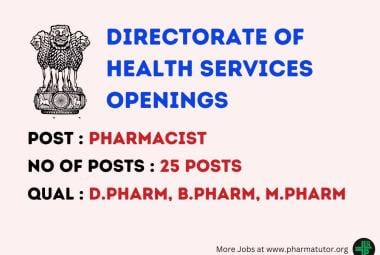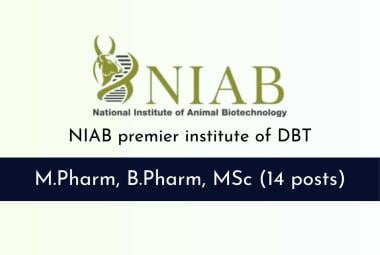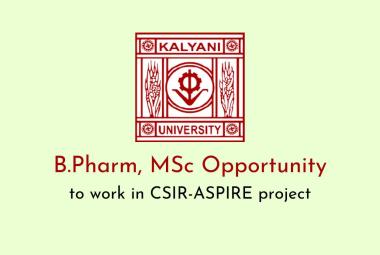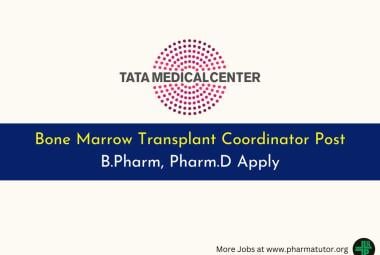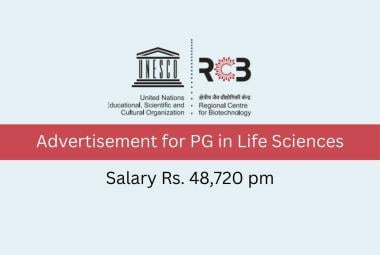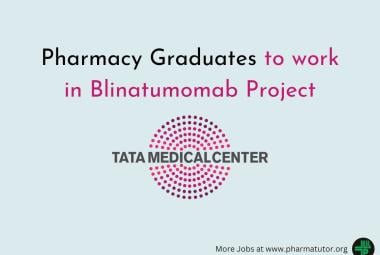REVIEW ON MOISTURE ACTIVATED DRY GRANULATION PROCESS
{ DOWNLOAD AS PDF }
ABOUT AUTHORS
Devender M. Sharma*1, Satish B. Kosalge1, Swati N. Lade1
Hi – Tech college of pharmacy, Chandrapur (M.S.)
*sdevender350@gmail.com
ABSTRACT
Tablets are unit solid dosage form of medicament which largely used to compare other dosage form of medicaments. In tablet manufacturing, wet granulation and dry granulation methods largely used as compare to MADG process. In wet granulation and dry granulation methods various steps has been carried out like dispensing and shifting, dry mixing, granulation, pre-drying, shifting, premixing, lubrication and compression. But in MADG process, escape various steps like slugging, pre- drying, shifting, and drying. Hereby in MADG process save energy, cost of product and time also. The main object of review is hereby moisture activated dry granulation process very beneficial in case of water insoluble drug and water poorly soluble drug other than granulation method like wet granulation. Another objective of review how moisture activated dry granulation process carried out and given various advantages over the other granulation method. In water insoluble drug case MADG process largely used and very useful method for pharmaceutical industries.


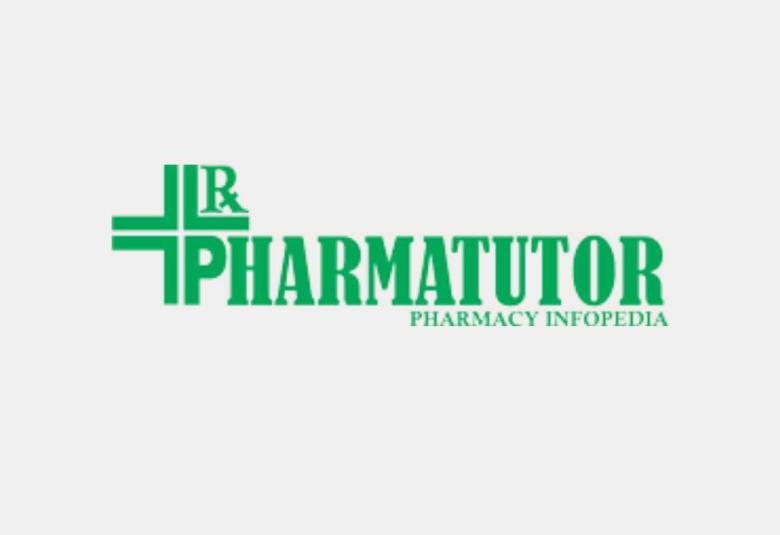
 ABOUT AUTHOR
ABOUT AUTHOR ABOUT AUTHORS
ABOUT AUTHORS